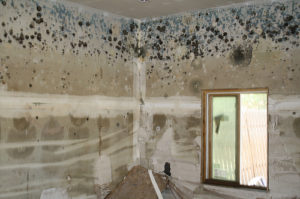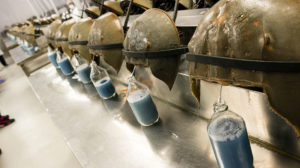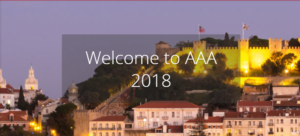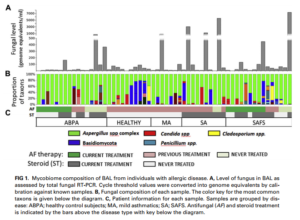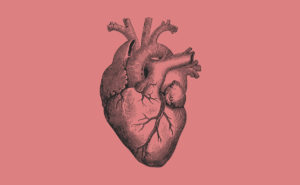Submitted by GAtherton on 26 February 2015
Singh et.al. have looked at 100 children with poorly controlled asthma and were screened for ABPA by reference to internationally recognised criteria (Rosenberg-Patterson criteria for ABPA). These criteria were written for adults.
One of these criteria is the presence of high IgE and we know that many children with asthma have high IgE, so further investigation may not be made. Figures for numbers of children with ABPA are mainly restricted to children with cystic fibrosis, a condition known to accumulate lung infections and where we might speculate ABPA would be found in higher numbers than in asthma. Published figures for CF children with ABPA vary from 2 – 15 %. There is also a study that looked at children with perennial asthma and found 15% had ABPA.
This paper found that 26% of children in the study could be diagnosed with ABPA. Considering what was written above that figure appears to be very high so why might that be?
It is clear from the table (taken from the paper) that total IgE has a median clearly higher in ABPA positive children, comparing 5376IU/Ml with 1403IU/Ml found in non-ABPA children. This result is highly statistically significant. This potentially gives us a useful cut off point above which an ABPA diagnosis is more likely.
In adult patients this level is set at 1200 IU/Ml but we can see now that this looks insufficient for use in children, and may have lead to under diagnosis of ABPA in children.
If this result is confirmed by further study it might be that many more children who are being treated for severe asthma might in fact have ABPA and need additional treatment with an antifungal medication.
News archives
-
Title
Date



